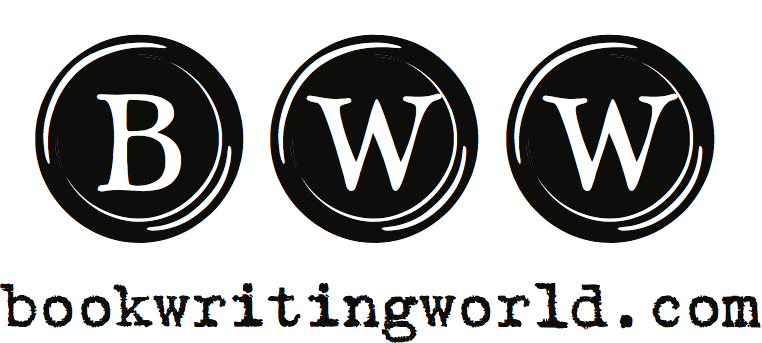 Just so we are all on the same page, the Fool of the Tarot deck is the hero of The Hero’s Journey. This is no coincidence.
Just so we are all on the same page, the Fool of the Tarot deck is the hero of The Hero’s Journey. This is no coincidence.
It occurs to me that most of my blog posts are about the same thing from a slightly different metaphoric angle. In fact, any old metaphor will do. I can twist any symbol to the needs of the moment. Because everything is funny and tragic and miraculous—mostly simultaneously, which is why it is so painfully hilarious. Really.
So, stuck and staring. That’s it for that.
On to fast and flowing. Which I got a delirious taste of this week, like a honeybee gorged and drunk on honey. After being stuck and staring at the same paragraphs over and over again, I made a list. Silly as it sounds, it was a revelation! My list had eight different parts, all the pieces I had been trying to put together in a 3000 word chapter for about three . . . well maybe four weeks. And I put them in order! I used to consider myself the queen of lists but I don’t know what’s happened lately. It’s like I’m too busy to make lists now and have to hold it all in my head. Quite simply, that sucks.
So it’s all done. I’ve put together and edited all eight parts and I feel so darn good! Like gliding over some rivernous (is that a word? it should be) landscape on an exotic world snaking through never ending forest.
Woohoo! The view is grand again.
This is a guest blog from BWW student Amy Truncale, who is revising her wonderful novel. In my newsletter I wrote this week (sign up above to get it weekly) about my agent’s advice and my process of editing my book from over 103k to closer to 60k. What is your editing process? What are your questions about or struggles with editing? Make a comment below and let’s talk!
[gravityform id=”1″ name=”Register Now” title=”false”]


Congratulations, Amy! Your process sounds so simple, and it works! In my discovery draft (love that phrase, gives me slack) I’m not sure yet what should be on the list. I think my approach has been to write and write and write and then see what I’ve got and make sense of it. I have general outline, and in some cases a specific outline (thanks to Angie’s class).
Now that I have a “loose, baggy monster” (once said of War and Peace) of very uneven writing and over 400 pages, Elizabeth’s agent gave me a wake-up call, too! Maybe I have too much story in addition to too many pages for a publisher to want to take a risk on.
So, I’ve recopied my baggy monster and titled it “Experiment in June” and have already cut several favorite chapters by a third. Already the story is showing through. I am not afraid that I’ll lose the “gems” I’m cutting because I have them in the original draft file.
I am also visualizing the novel when it’s complete: a volume that someone will read through on a cross-country flight (5-6 hours), carried along by a fast moving plot, stopping to admire the lyrical language that makes the mood and maybe read it out loud to their seatmate, and when they’re finished and sighing in satisfaction I want them to be sad that the novel has come to an end.
I love the strategies Elizabeth and Amy have listed here and will carry them with me as I hack along. I may have to cut a backstory or two, and say goodbye to a minor character. All in the service of art!
Also, I’m seeing things that I take a paragraph or two to say and will try to cut those paragraphs down to sentences. And…let go of so much interiority and try to show the character’s feelings in actions and gestures and observances.
Leslie, I love the vision of your book in your reader’s hands. I think this greatly helps with editing. You know what else helped me? When I was picking an excerpt to read at the BWW Dinner Reading. I thought, this has to represent what I teach to all these wonderful students. And that made me want to cut!
We have to create the baggy monster, though. This is the way to generate the material, to find the characters and the world. This is our equivalent to the musician’s or dancer’s or athlete’s practicing. We write a lot. Not all of it ends up in the book. That is as it should be. Hemingway said something along the lines of, if you know it, you can cut it. There’s an invisible foundation to the book that supports it but does not need to be visible to the reader.
Bravo for all your hard work, Leslie. This is the best way to honor your talent.
Leslie, you’ve got something going! I LOVE the terms loose, baggy monster and discovery draft, that really does take the pressure off doesn’t it? 🙂
I wrestle with the idea that I don’t have enough words. I very rarely write anything new that I don’t immediately edit and tighten, so my challenge has been to add more. It seems I cut one of every two words I write.
Elizabeth’s 40k cutting exercise has let me off the hook somewhat. I’m thinking maybe it’s okay if my final draft is only around 60,000.
Write on.
A
I am thinking that short is the new long. Or really that the bloody revolution in publishing is changing the rules, and length is one of them. I will say, Amy, that I urge you not to worry about making the book “long enough.” Abrahan Lincoln said, “Legs should be long enough to reach the ground.” I think the same is true for novels. Beginning, middle, end. Worry about that. 🙂
I do wish to thank Dorothy Hearst for her generosity during the submissions/query seminar the other day. She was such a fast reader and her experience being on both sides of the process was most evident. It was very encouraging to hear her say that 90% of what the BWW students were doing in their queries was already very good.
Thanks Elizabeth! 😉
Wow, this blog is wonderful.
I think I have another problem, in that I usually write lean. Then I have to go back and fill in the background, the weather, the setting, the senses. Everything but the plot which I’ve gotten down.
The hard part for me is connecting what’s happening to the story. I have all these anecdotal parts that are fun to write but have little to do with the murder. Now this is the person who wrote a murder mystery, the murder in chapt. 2 and then 27 chapters before I mentioned the murder again.
I now have an enlightened approach to connect all the dots and not have wandering, unconnected episodes that make no sense but are fun to write.
Just hanging in with a connected story is my goal these days.
Thank you all, so much for your comments.
Bree